The Oppo Reno6 Pro 5G arrived on the market in June 2021. Let’s take a look at how well it did in our comprehensive Display protocol testing.
Key display specifications:
- 6.5-inch OLED display
- 160 x 73.1 x 7.6 mm (6.30 x 2.88 x 0.30 inches)
- Resolution: 1080 x 2440 (402 ppi)
- Aspect ratio: 20:9
- Refresh rate: 90 Hz
- Qualcomm Snapdragon 870 5G chipset
About DXOMARK Display tests: For scoring and analysis in our smartphone and other display reviews, DXOMARK engineers perform a variety of objective and perceptual tests under controlled lab and real-life conditions. This article highlights the most important results of our testing. Note that we evaluate display attributes using only the device’s built-in display hardware and its still image (gallery) and video apps at their default settings. (For in-depth information about how we evaluate smartphone and other displays, check out our articles, “How DXOMARK tests display quality” and “A closer look at DXOMARK Display testing.”)
Test summary
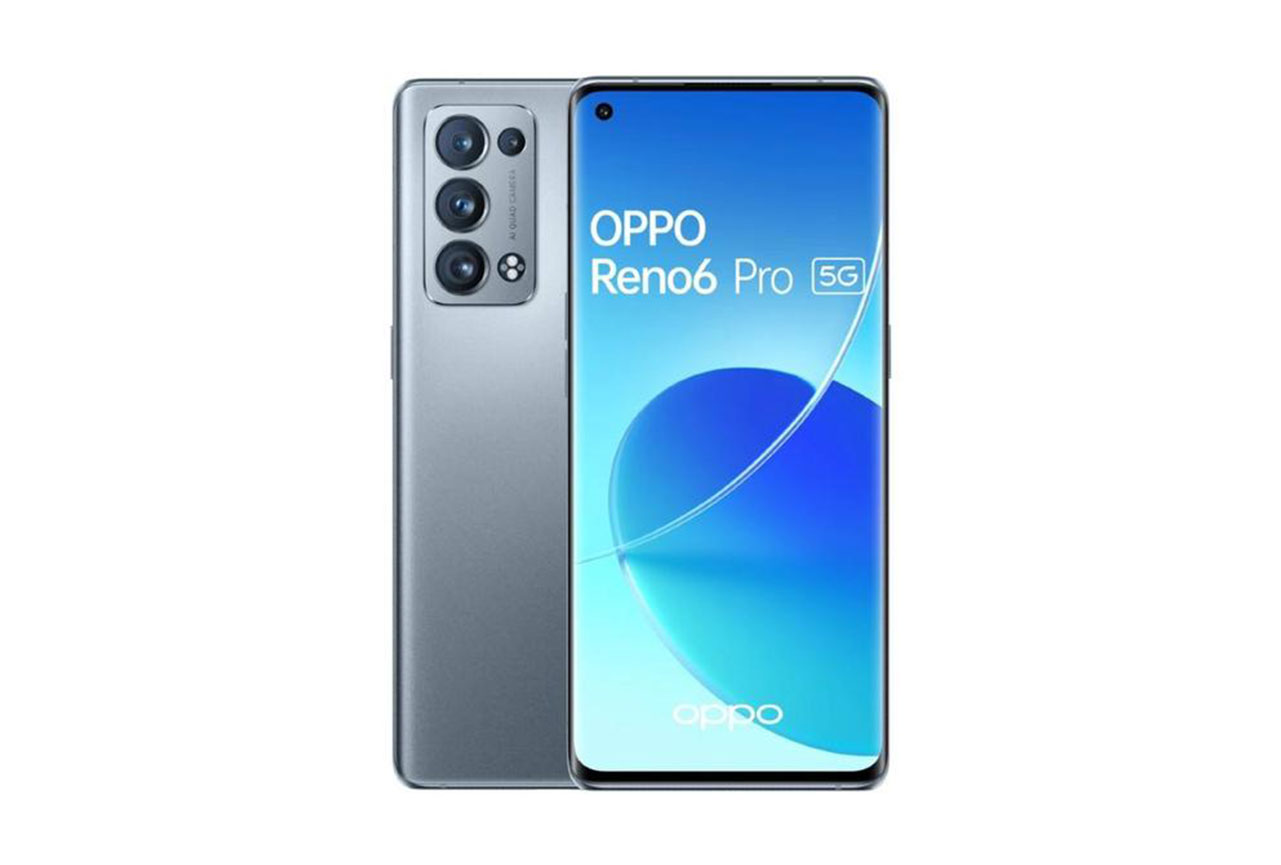 Oppo Reno6 Pro 5G
Oppo Reno6 Pro 5G

86
display
66
Apple iPhone 13 Pro Max
Best: Apple iPhone 13 Pro Max (76)
85
Sony Xperia 5 IV
Best: Sony Xperia 5 IV (92)
60
Samsung Galaxy S22 Ultra (Snapdragon)
Best: Samsung Galaxy S22 Ultra (Snapdragon) (91)
82
Huawei P40 Pro
Best: Huawei P40 Pro (87)
73
OnePlus 9
Best: OnePlus 9 (85)
82
Apple iPhone 13 Pro Max
Best: Apple iPhone 13 Pro Max (86)
Position in Global Ranking

48
th
1. Apple iPhone 13 Pro Max
99
6. Samsung Galaxy S22+ (Exynos)
93
6. Samsung Galaxy S22 Ultra (Snapdragon)
93
6. Samsung Galaxy S22 Ultra (Exynos)
93
11. Samsung Galaxy S22 (Snapdragon)
92
11. Samsung Galaxy S22 (Exynos)
92
13. Samsung Galaxy S21 Ultra 5G (Exynos)
91
16. Samsung Galaxy S21 FE 5G (Snapdragon)
90
16. Samsung Galaxy Note20 Ultra 5G (Snapdragon)
90
23. Samsung Galaxy Z Fold3 5G
89
23. Samsung Galaxy Z Flip3 5G
89
23. Samsung Galaxy Note20 Ultra 5G (Exynos)
89
31. Apple iPhone 12 Pro Max
88
31. Vivo X70 Pro (MediaTek)
88
31. Vivo X60 Pro 5G (Snapdragon)
88
39. Samsung Galaxy S20 Ultra 5G
87
48. Apple iPhone SE (2022)
86
48. Oppo Reno6 Pro 5G (Snapdragon)
86
58. Apple iPhone 11 Pro Max
84
71. Samsung Galaxy A52s 5G
79
71. Samsung Galaxy A52 5G
79
71. Xiaomi Redmi K50 Gaming
79
81. Samsung Galaxy A53 5G
77
85. Microsoft Surface Duo
74
95. Xiaomi Black Shark 3 Pro
61
97. Lenovo Legion Phone 2 Pro
53
Position in Premium Ranking

14
th
2. Samsung Galaxy S22 (Snapdragon)
92
2. Samsung Galaxy S22 (Exynos)
92
4. Samsung Galaxy S21 FE 5G (Snapdragon)
90
7. Vivo X70 Pro (MediaTek)
88
7. Vivo X60 Pro 5G (Snapdragon)
88
14. Oppo Reno6 Pro 5G (Snapdragon)
86
33. Lenovo Legion Phone 2 Pro
53
Pros
- The device has decent colors in every lighting condition.
- No frame mismatches are visible when playing video games.
- The device is smooth when browsing the web and scrolling in the gallery.
Cons
- Despite image enhancement under direct sunlight, the device lacks brightness in outdoor conditions to be truly readable.
- Watching HDR10 content is not comfortable, as the device slightly lacks brightness and shows no details in dark tones.
- A delay is noticeable after jumping forward or backward in videos.
The Oppo Reno6 Pro 5G brings with it several issues, notably a lack of brightness that detracts from the comfort of viewing photos and watching HD10 videos on it.
Brightness vs Contrast comparison (0 Lux)
Brightness vs Contrast comparison (30 000 Lux)
In low-light environments, the Oppo Reno6 Pro 5G is slightly glaring. Under sunlight, the device lacks enough brightness to be truly enjoyable.
Readability outdoors in shade, from left to right: Oppo Reno6 Pro 5G, Oppo Reno5 Pro+, Xiaomi Mi 11, Asus Zenfone 8
(Photo credit: DXOMARK; for illustration only)
When viewed on angle, the device loses significant brightness and contrast and is barely readable.
The screen has reasonably uniform brightness but has a slightly brighter area at the bottom and a slightly darker area on the right side.
Images on the Oppo Reno6 Pro 5G take on a pink cast in both indoor and outdoor conditions. Under sunlight, the device shows a slight orange cast and its colors are often too saturated, as illustrated below.
Color rendering under sunlight, clockwise from top left: Oppo Reno6 Pro 5G, Oppo Reno5 Pro+, Xiaomi Mi 11, Asus Zenfone 8
(Photo credit: DXOMARK; for illustration only)
In the left-hand chart below you can see that the Oppo device lacks accuracy in orange and blue tones. The center of each circle is the target color; the further the tip of the arrow is outside of the circle, the more users will notice the difference between the color on the display and the original color of the source material.
The scatter chart on the right shows that the Reno6 Pro 5G’s white point, which is already quite pink, shifts even further into pink and then into blue when holding it at different angles.
Oppo Reno6 Pro 5G, color fidelity at 0 lux in the P3 color space
Oppo Reno6 Pro 5G, scatter graph of white point on angle
The photos below illustrate the measured results:
Color when held on axis (top) and when held at a 45° angle (bottom), from left to right: Oppo Reno6 Pro 5G, Oppo Reno5 Pro+, Xiaomi Mi 11, Asus Zenfone 8
(Photo credit: DXOMARK; for illustration only)
The Reno6 Pro 5G’s brightness is slightly low and dark tones in HDR10 content show no detail, although the brightness level can be modified manually. Colors are saturated and a slight blue-pink cast is visible, and skin tones appear redder than they should be.
Video color, clockwise from top left: Oppo Reno6 Pro 5G, Oppo Reno5 Pro+, Xiaomi Mi 11, Asus Zenfone 8
(Photo credit: DXOMARK; for illustration only)
Although the Oppo Reno6 Pro 5G shows some frame mismatches in videos at 30 and 60 fps in our lab tests (as shown below), no frame mismatches were visible when playing video games. The device shows no frame duplications and handles motion blur quite well. There is a noticeable delay in playback after jumping forward or backward in videos.
Oppo Reno6 Pro 5G, frame drops at 30 fps
Oppo Reno6 Pro 5G, frame drops at 60 fps
While the Reno6 Pro 5G is accurate when zooming in the gallery app, it does not always detect touches on corners and edges. It is smooth when browsing the web and when scrolling in the gallery, but lacks smoothness when gaming. Further, the Oppo device reacts to some ghost touches, mainly when in landscape mode. It manages judder well, but some aliasing is visible when playing video games.
 Oppo Reno6 Pro 5G
Oppo Reno6 Pro 5G


 48th
48th
 14th
14th

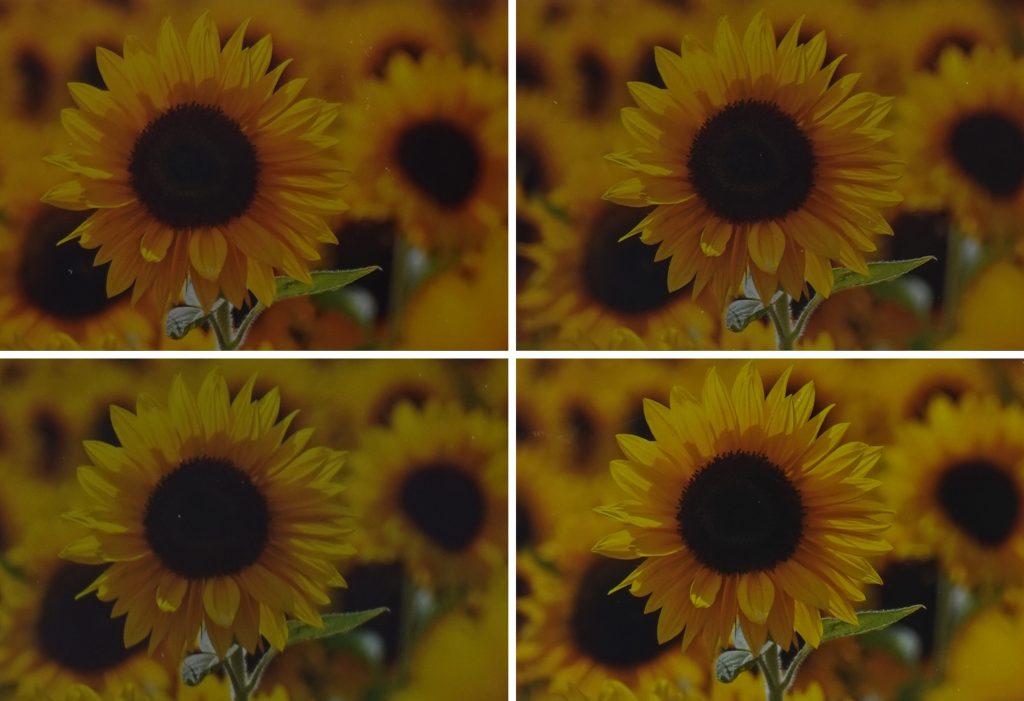
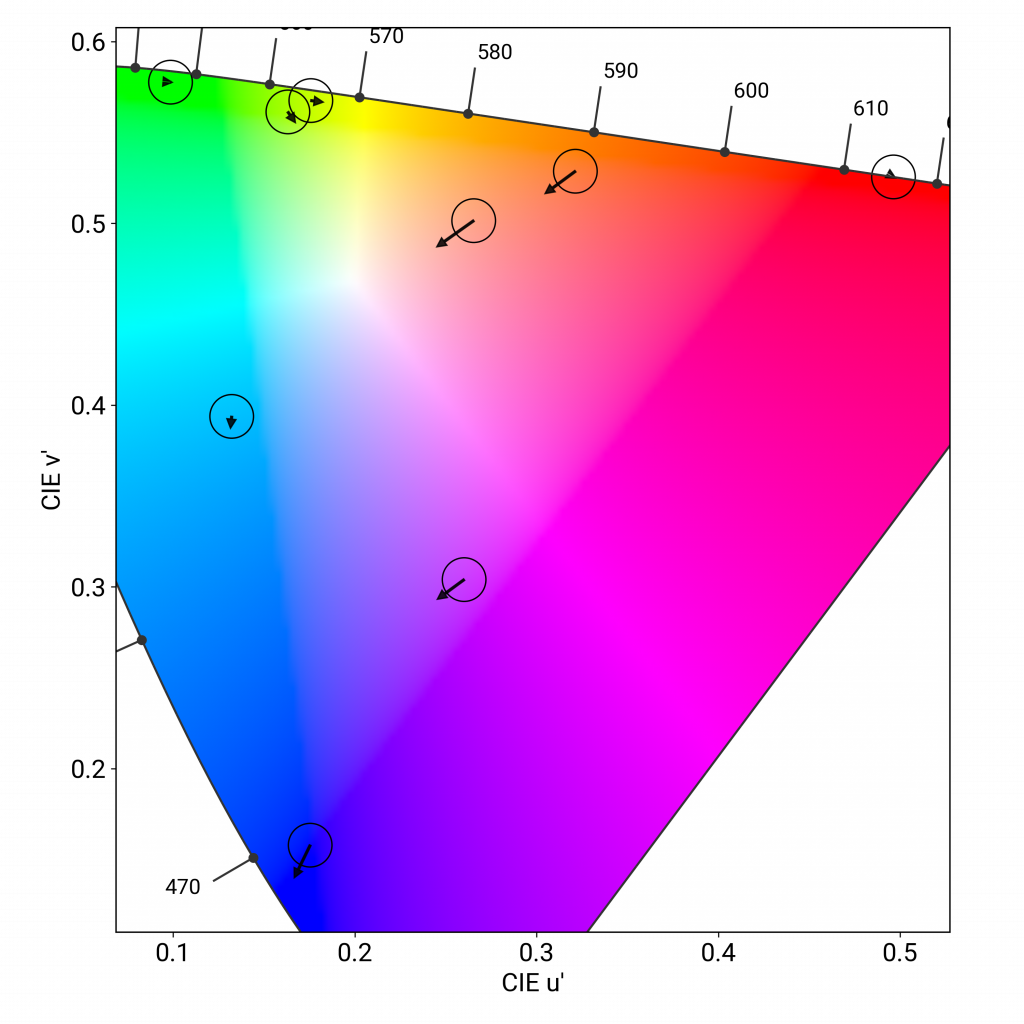
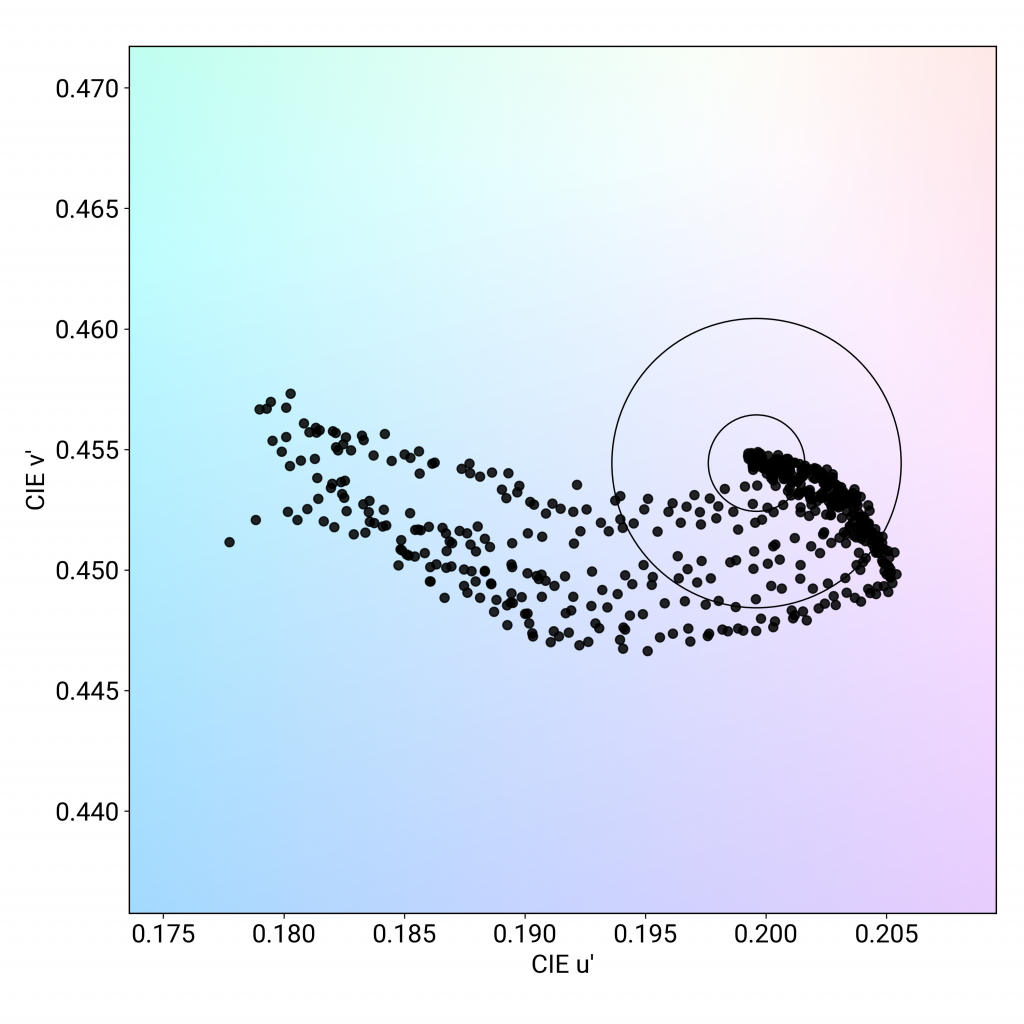
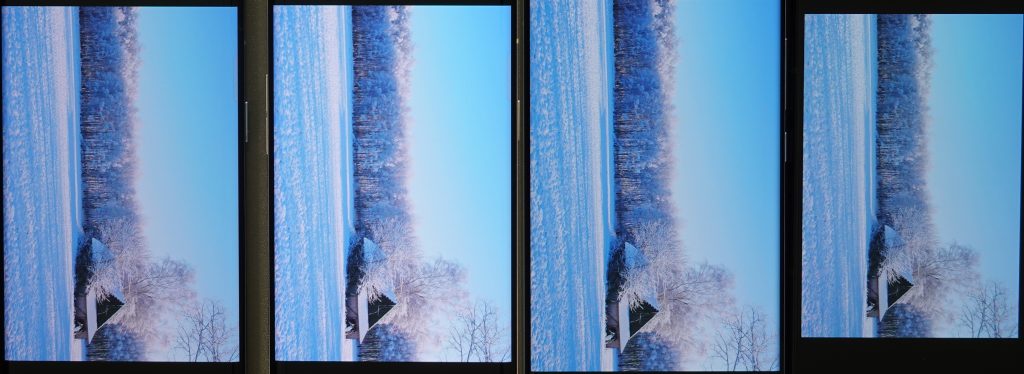

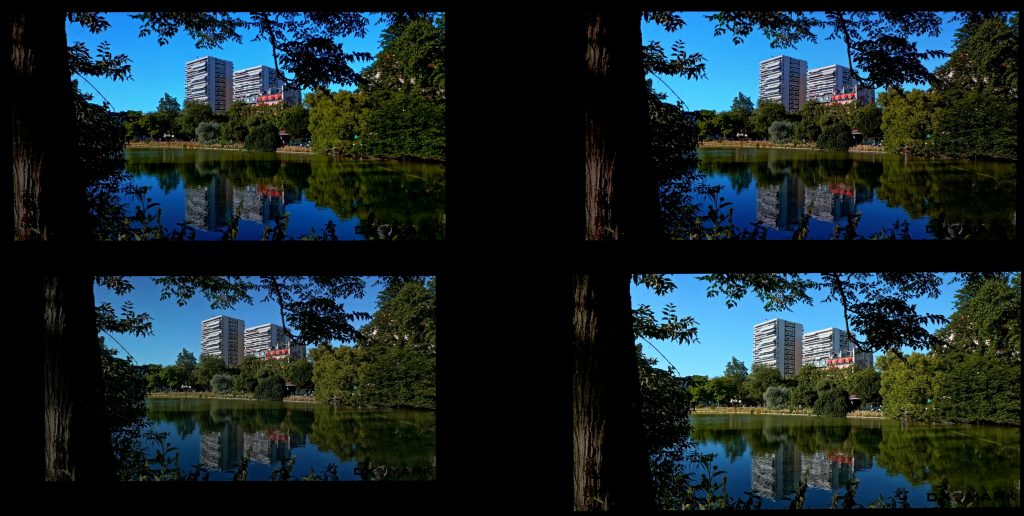
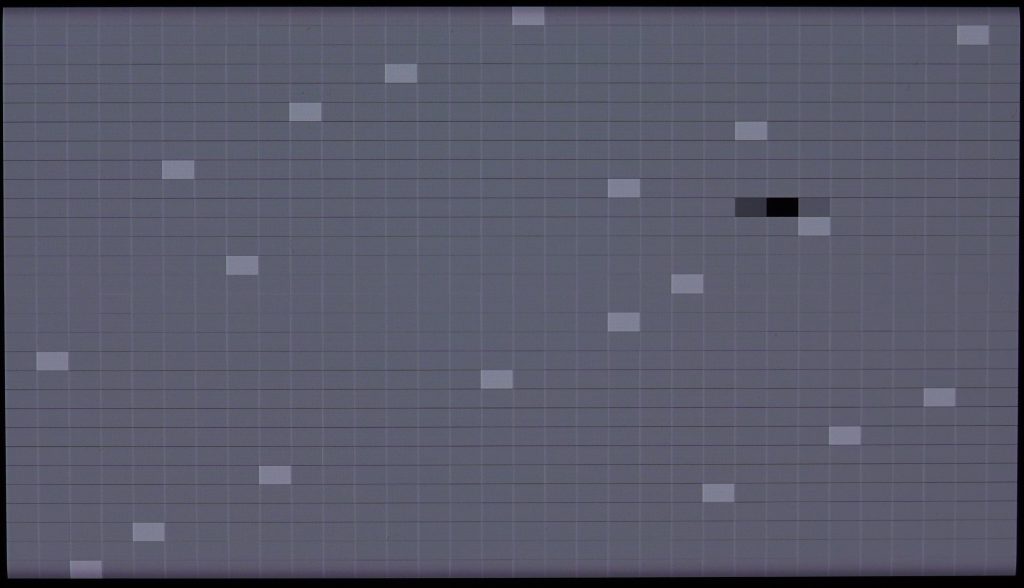
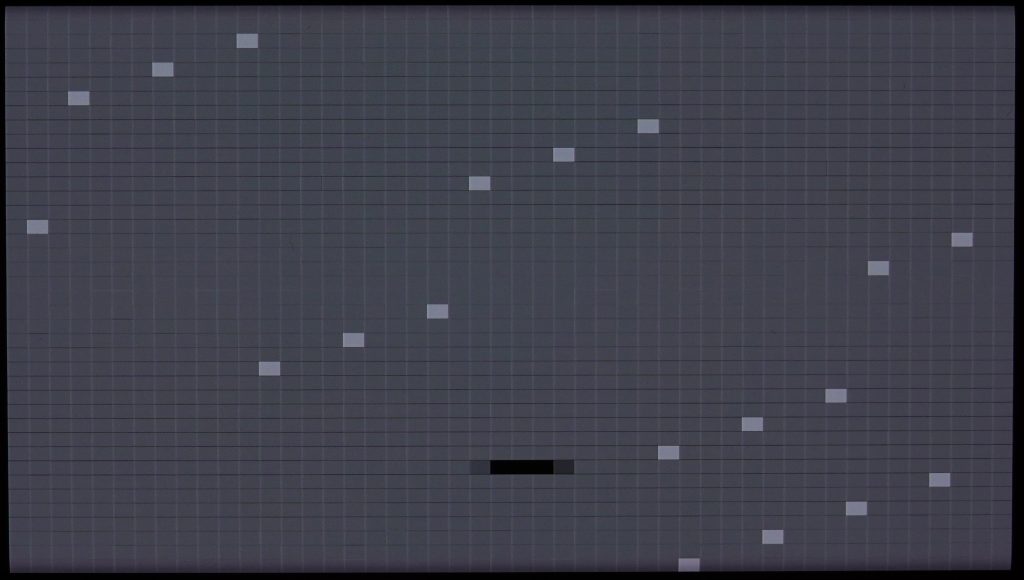


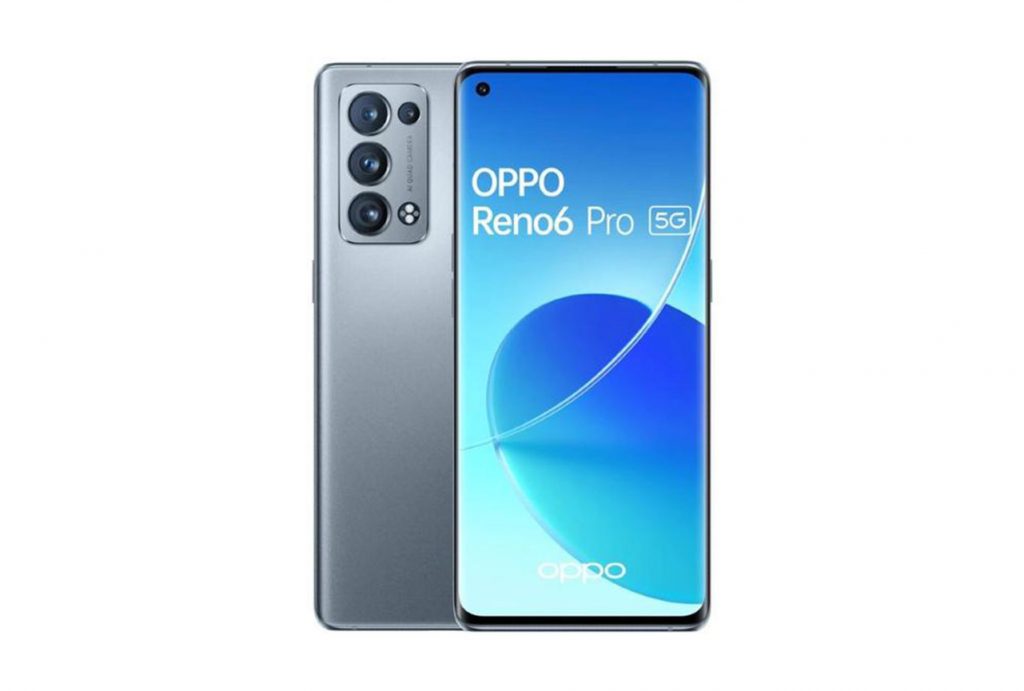

DXOMARK encourages its readers to share comments on the articles. To read or post comments, Disqus cookies are required. Change your Cookies Preferences and read more about our Comment Policy.